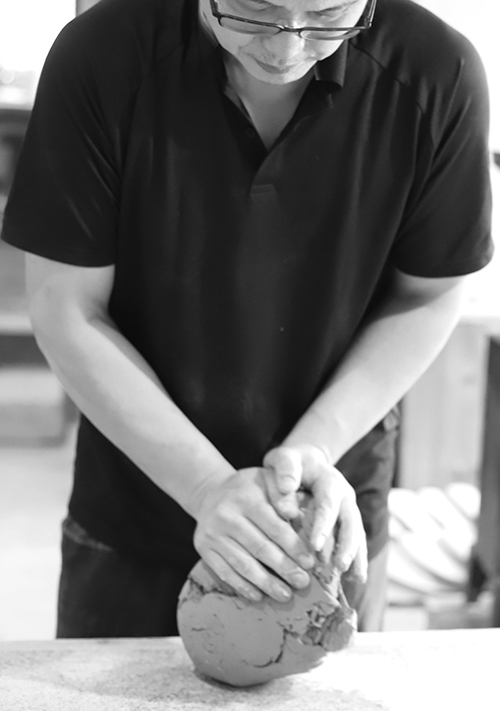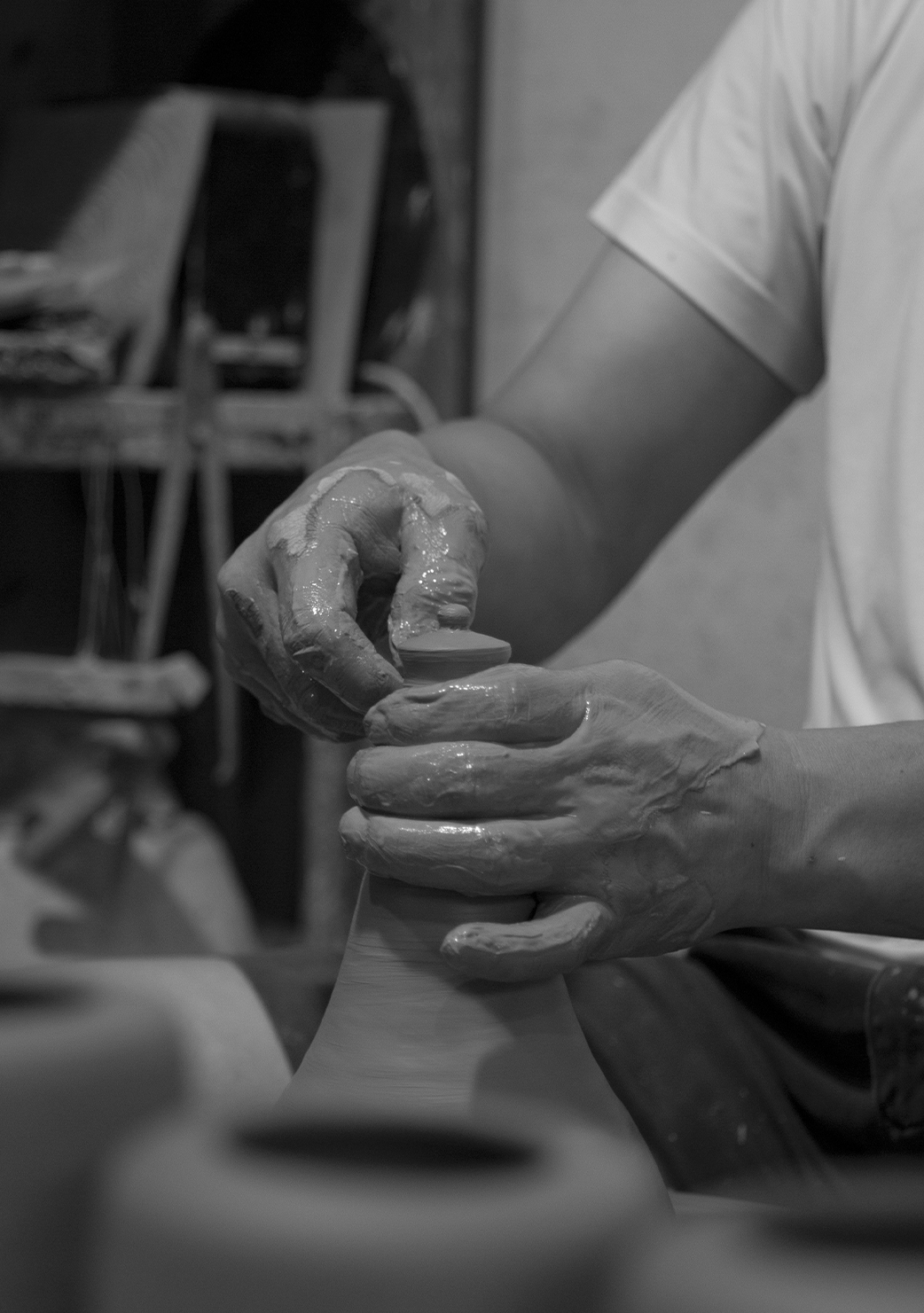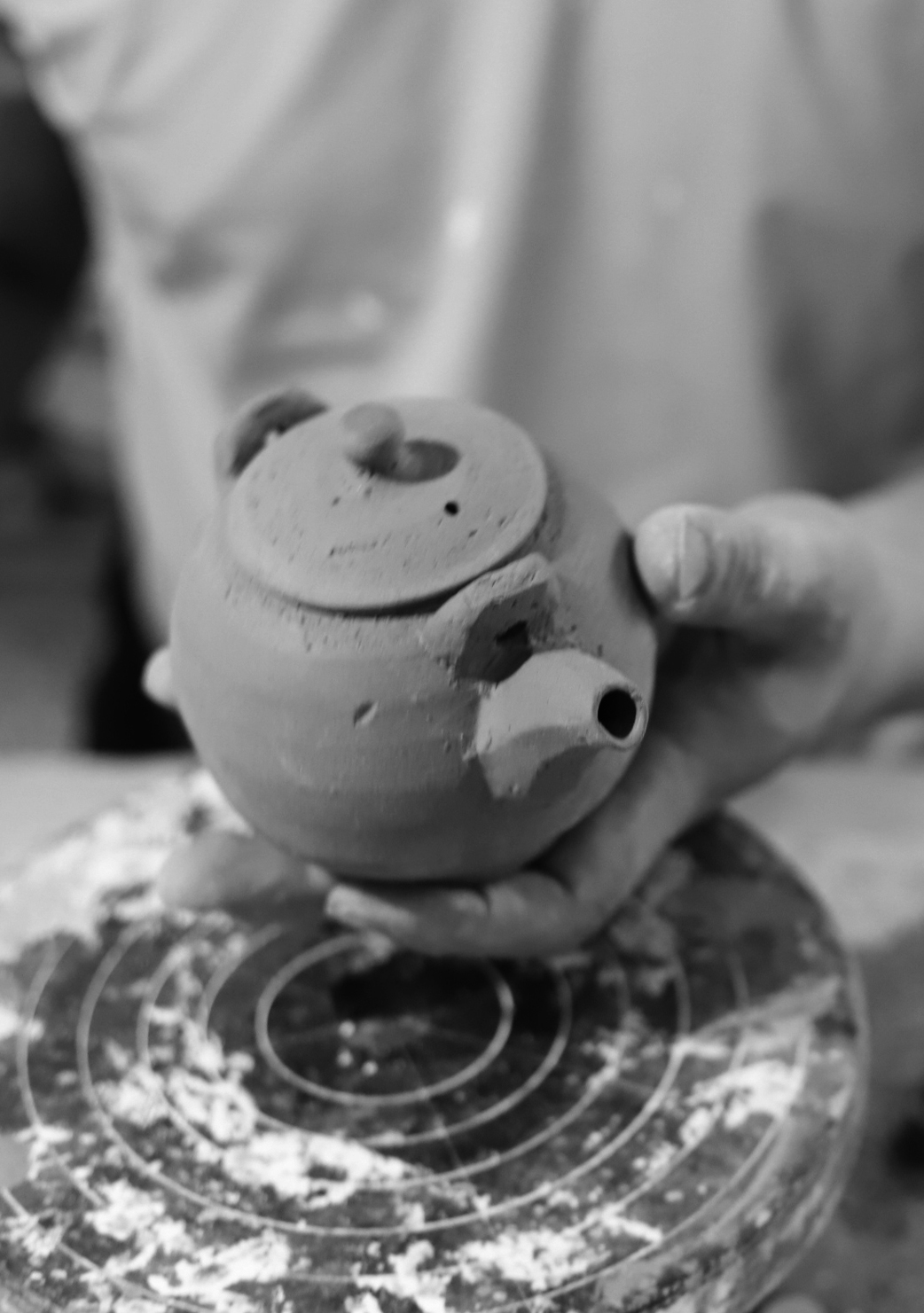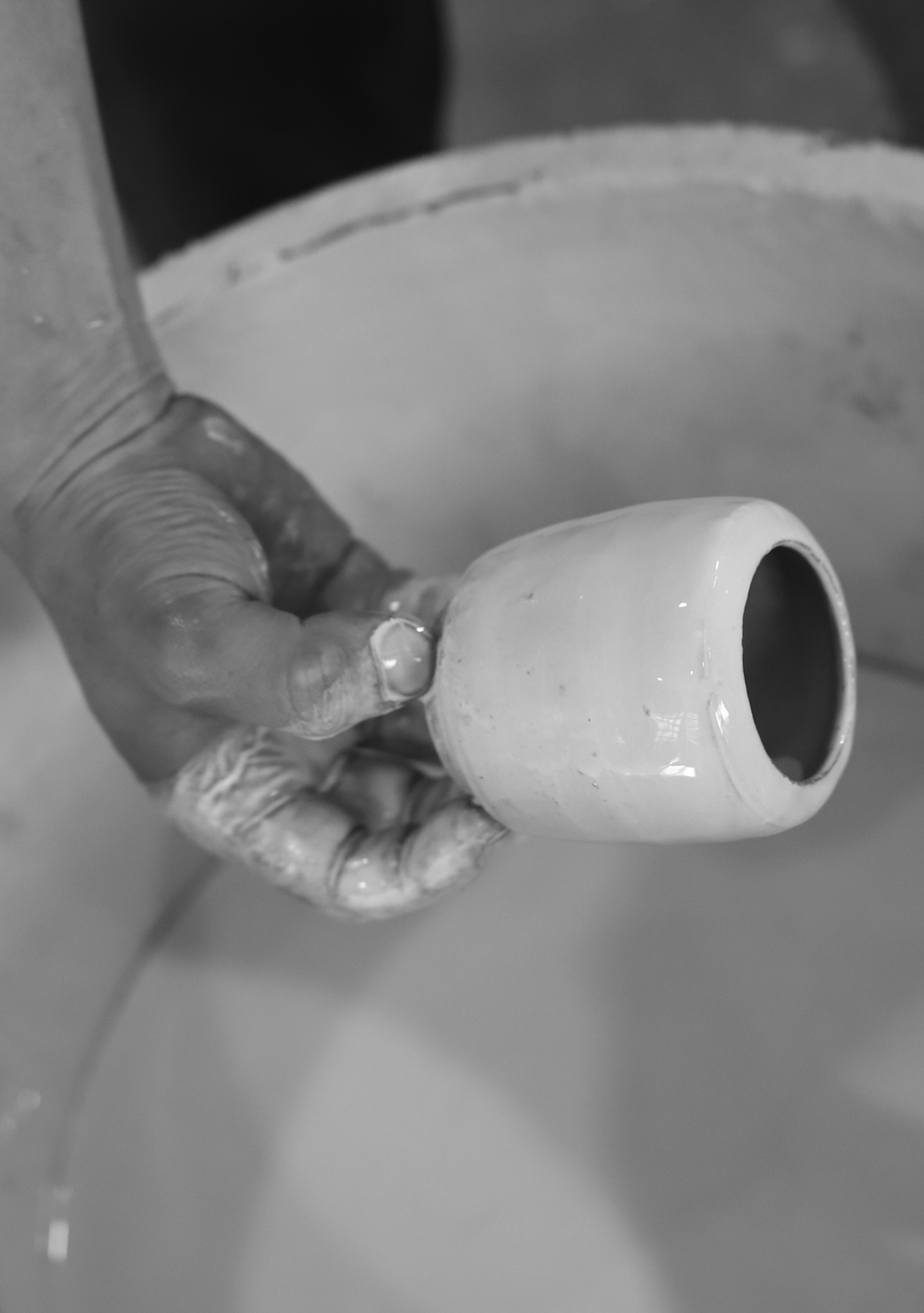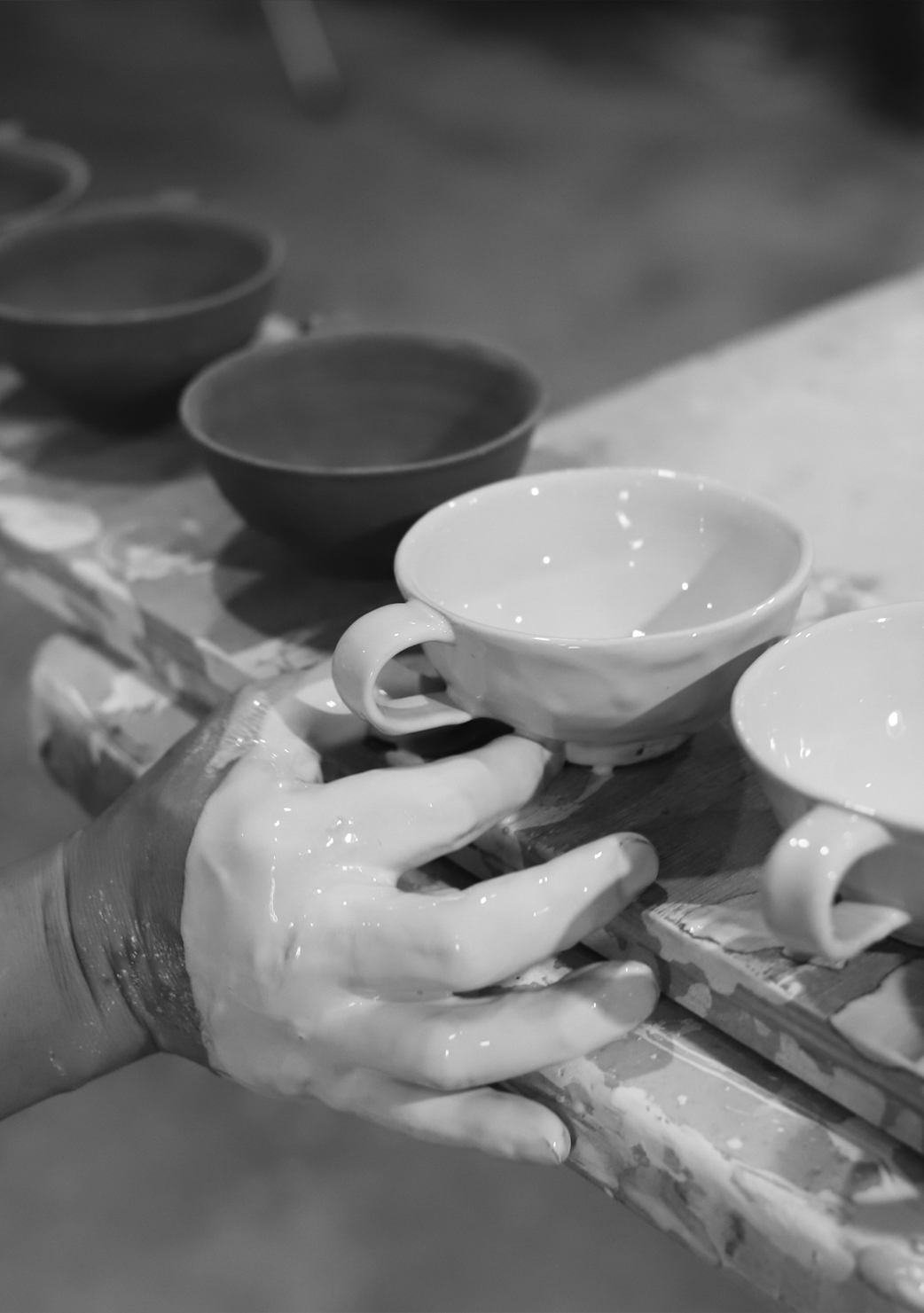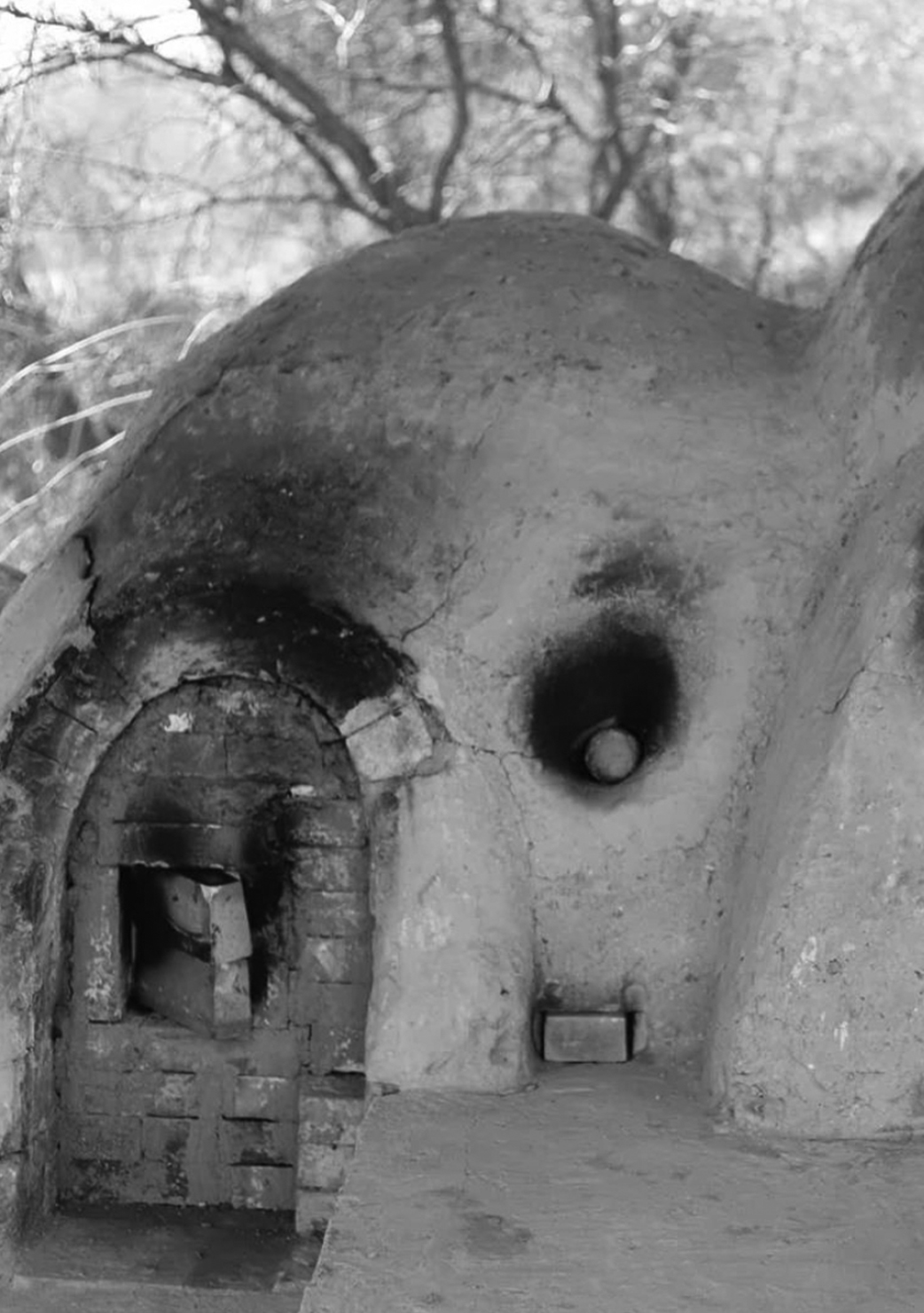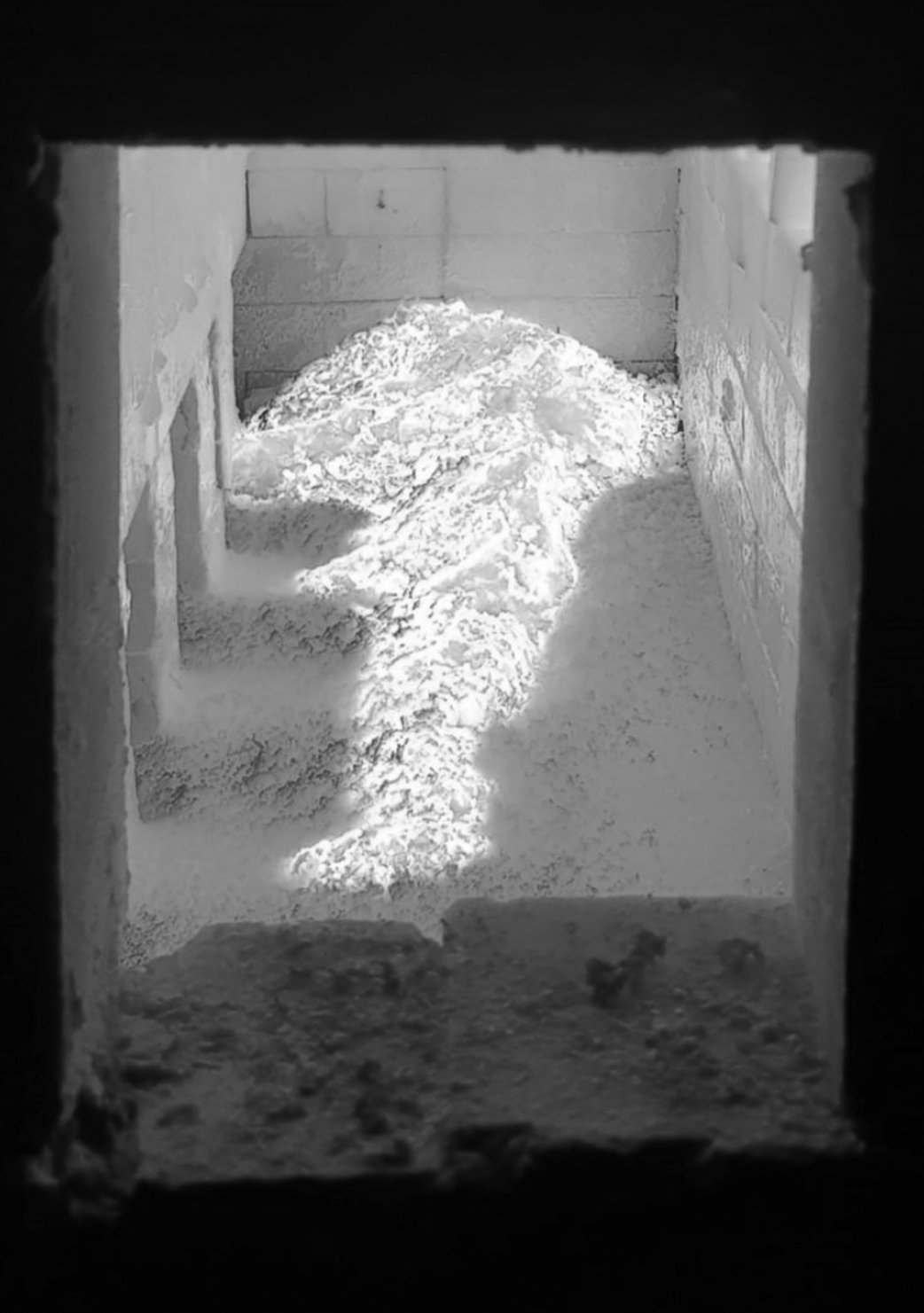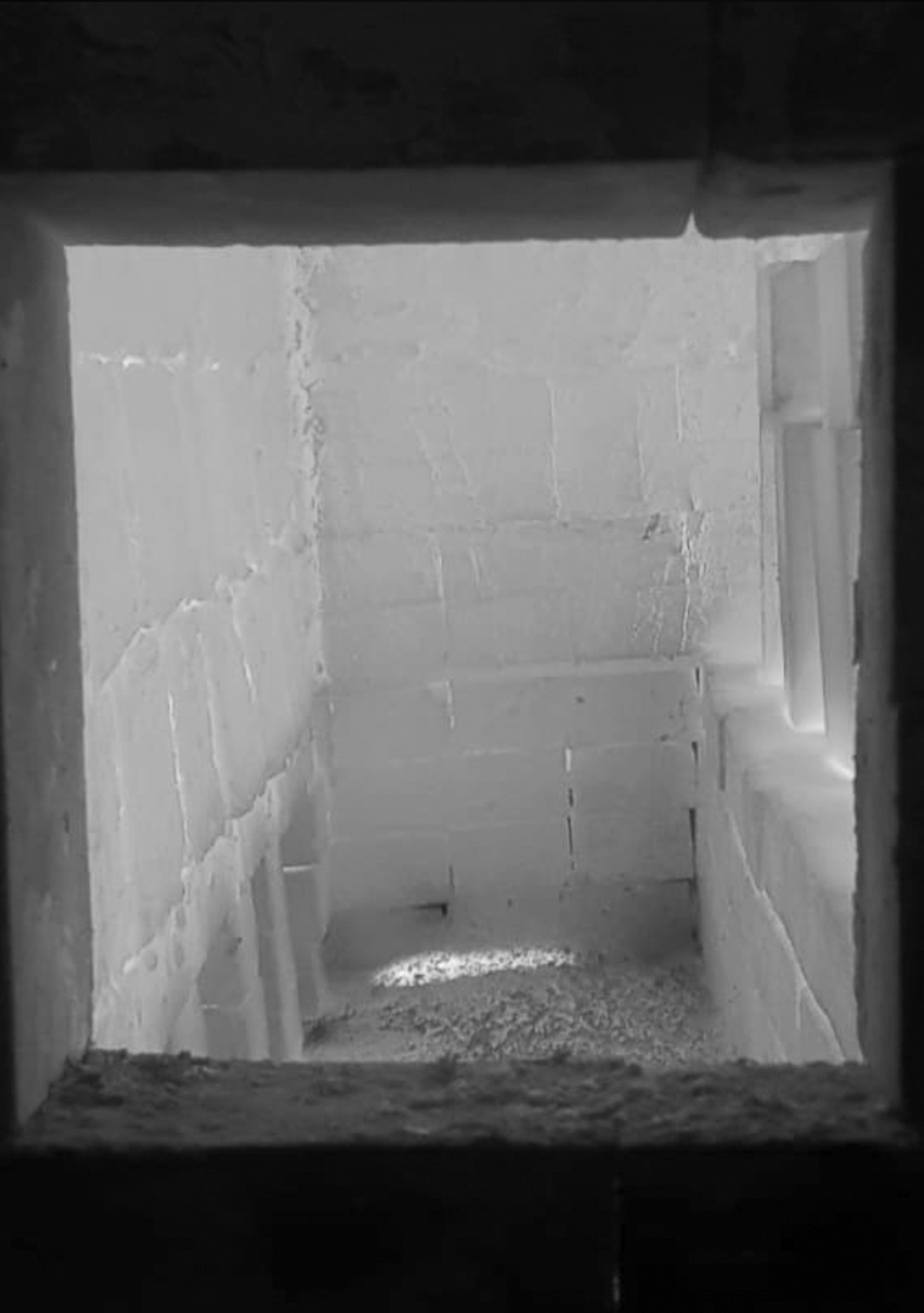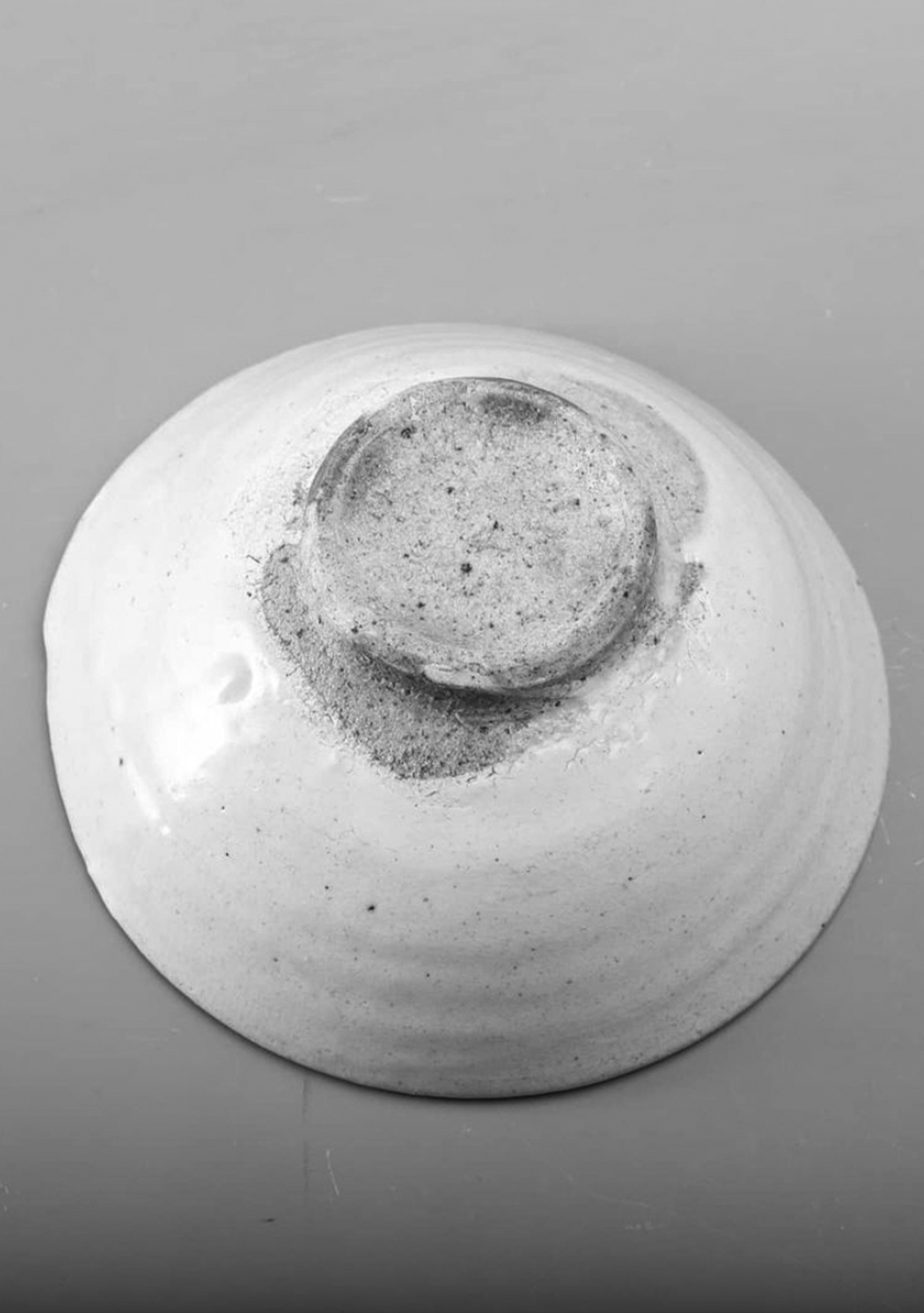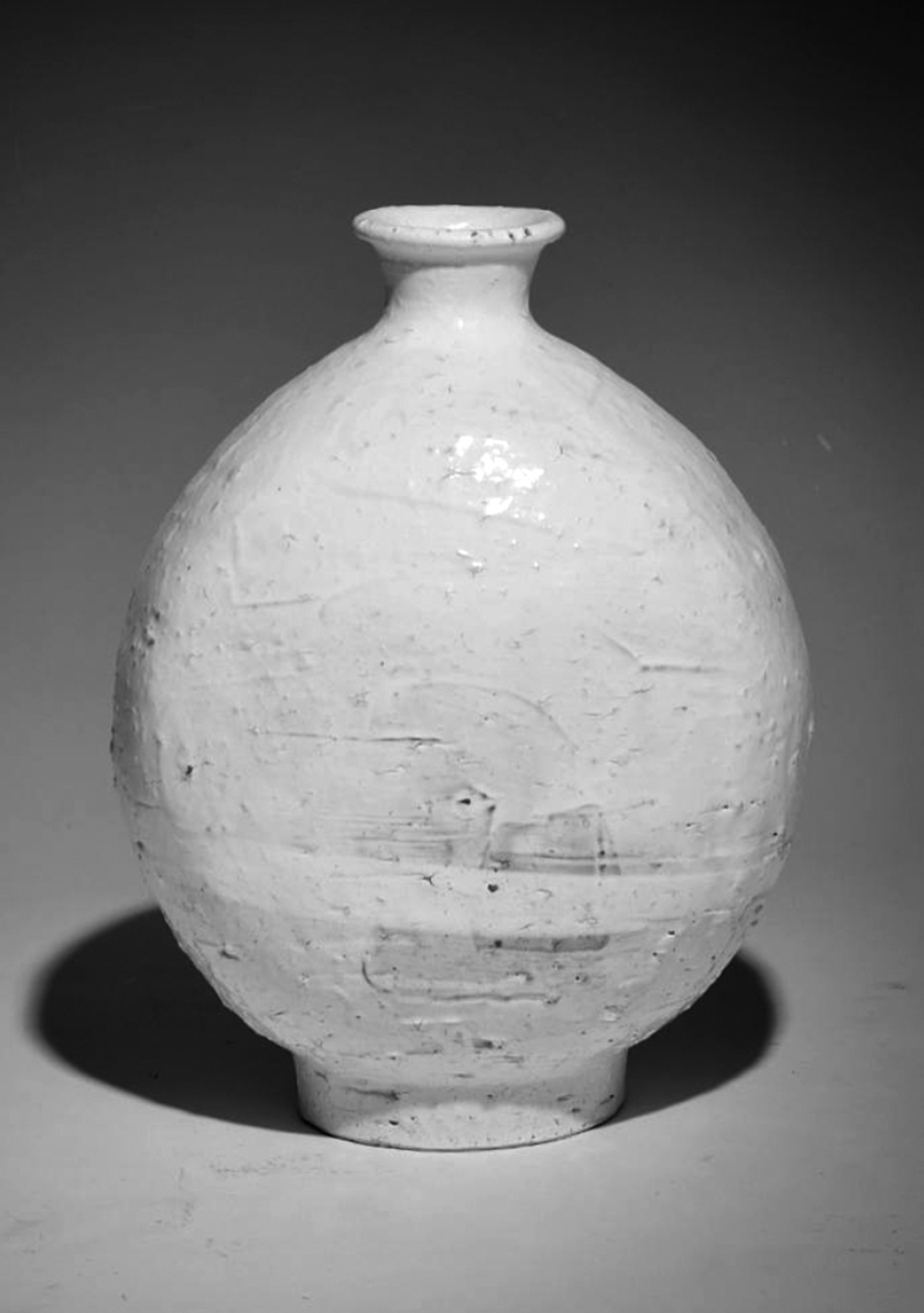Ceramic making is an age-old technique for creating both functional and decorative items from earth and has been
practiced in many corners of the globe for many centuries. Korea has a rich culture of ceramic making, with its
most celebrated forms of pottery emerging in the Joseon dynasty period, which dates back to the 15th century. 분청
is one of the most beautiful ceramic styles that comes from this
time, where hand-craft, wood-fired ovens and various forms of earth are drawn upon by artisans to produce table
ware that is rich in character and lovely to look at.
Sung Wook Park has been practicing 분청
buncheong for
decades in Korea, though he’s still refining his technique in forming colour variations and textures in the
artful pieces he forms at his studio, Musso. Similarly passionate about the art of hand-formed ceramics is
Xavier Mañosa, who alongside his parents runs
Apparatu - a brand he founded in 2009 in Barcelona. The firm is respected globally
for the surprising characteristics of its ceramic forms, winning the company a loyal audience in collectable
design circles. Fashion names such as Isabel Marant and Hermès have flocked to Mañosa’s work for use in visual
merchandising projects, while Apparatu also supplies ceramics to design brands such as Spanish lighting
specialists Marset.
While the pair live and practice many, many miles away from
each other they share a strong understanding of the value of ceramic craft, its natural potency and the
importance of the maker’s hand in the process behind it. With this in mind they sat down to discuss 분청 buncheong and why artisanal practices remain crucial in the progression of
craft.
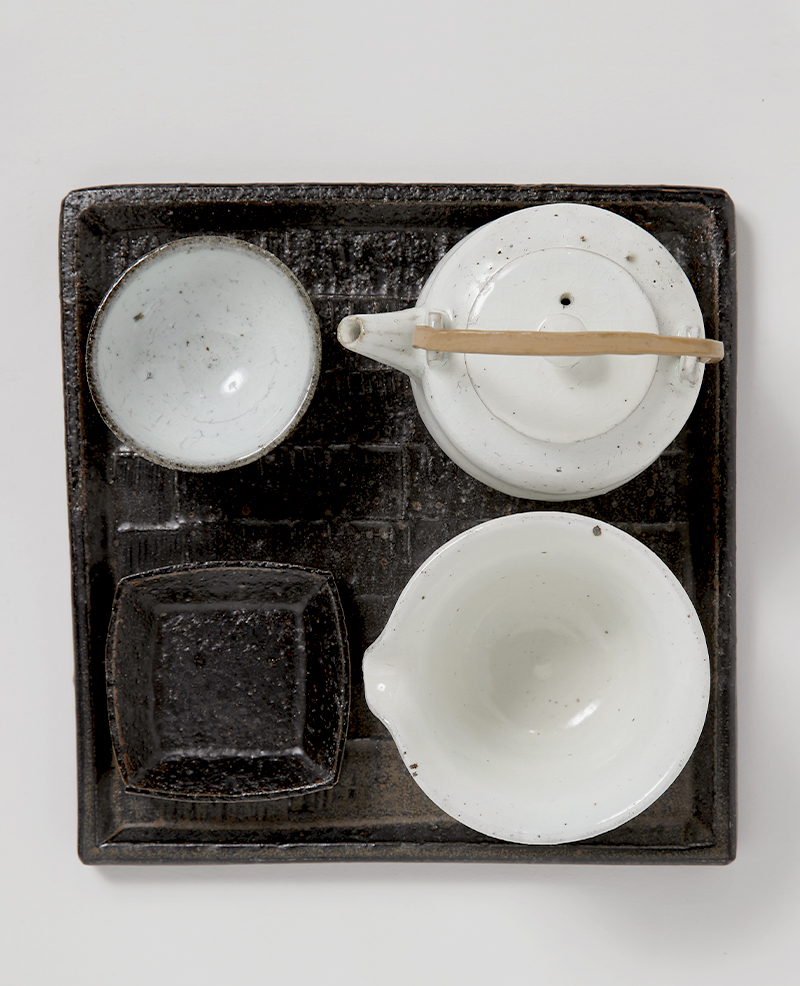 1.
1.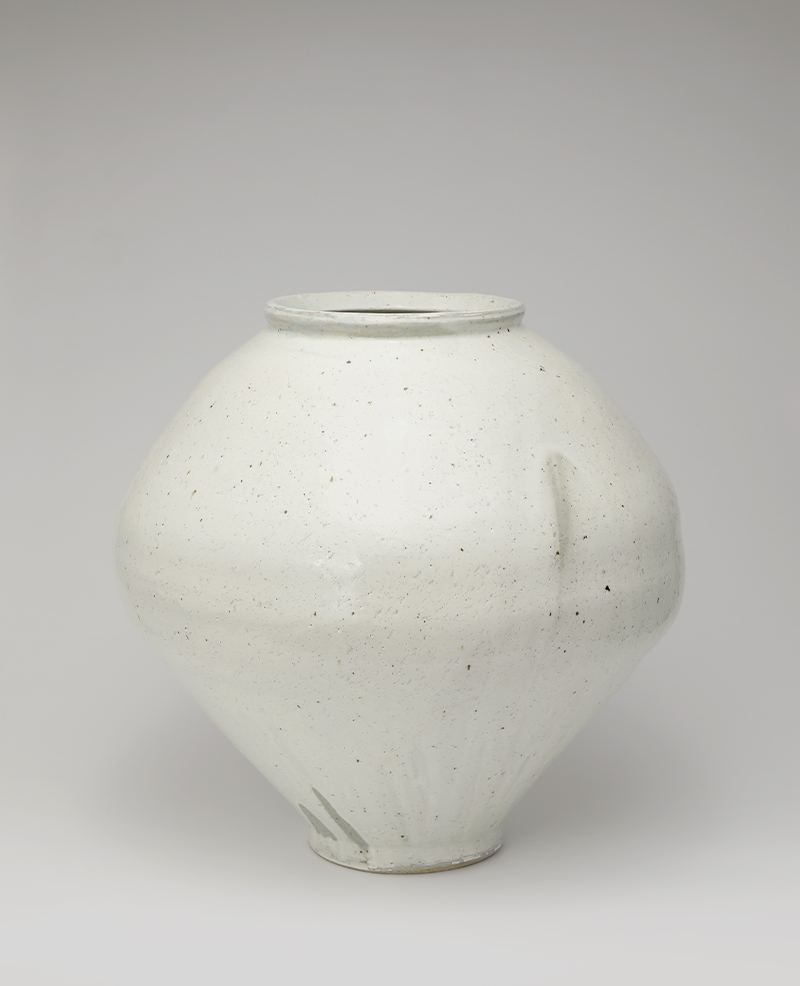 2.
2.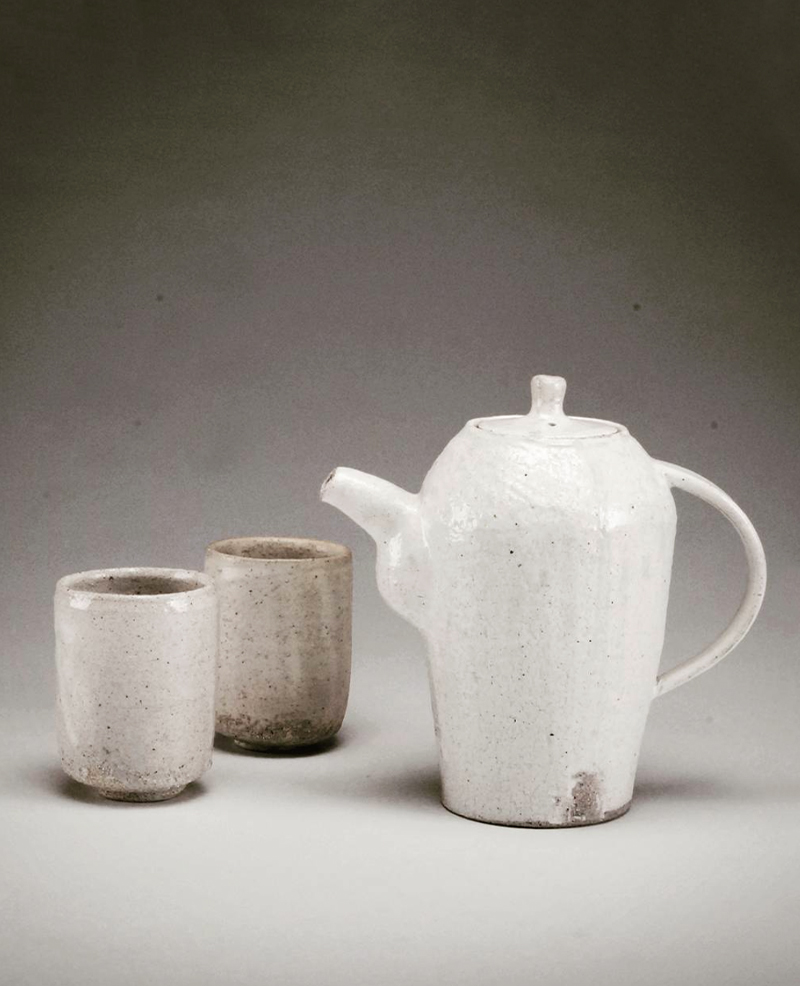 3.
3. 1. Korean tea set in white and black shade
1. Korean tea set in white and black shade 2. White clay dipping detail on a moon jar
2. White clay dipping detail on a moon jar
 3. The natural shades of 분청 (buncheong)
3. The natural shades of 분청 (buncheong) Sung Wook Park
Sung Wook Park Xavier Mañosa
Xavier Mañosa 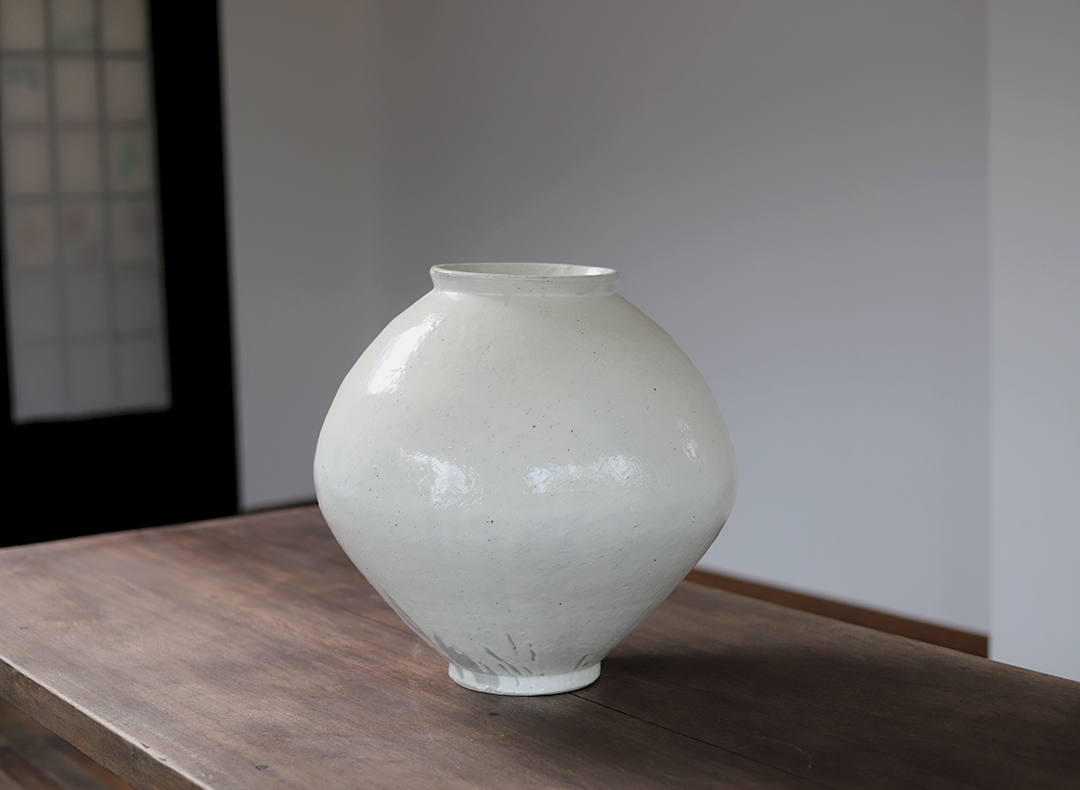 4. The
whole moon jar is dipped into a white clay slip, leaving a natural pattern on the bottom
4. The
whole moon jar is dipped into a white clay slip, leaving a natural pattern on the bottom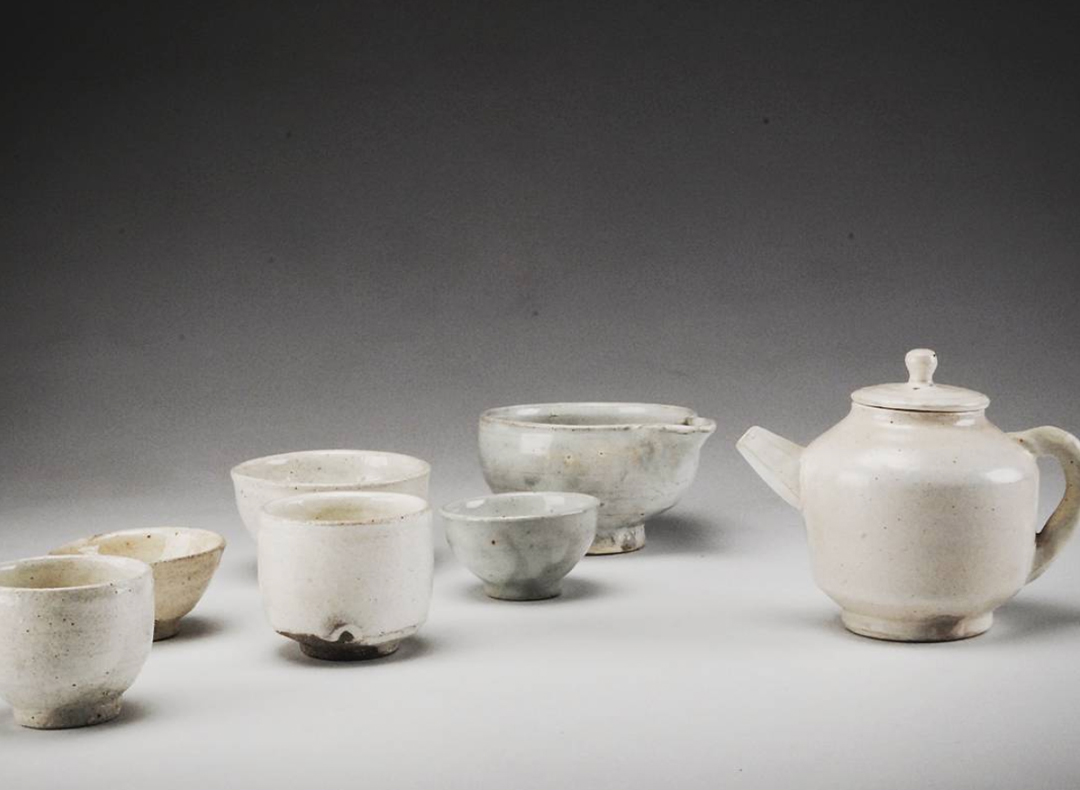 5. Every vessel reacts differently in terms of shade and texture through the process
5. Every vessel reacts differently in terms of shade and texture through the process
